Looking for a comforting and easy meal? This White Miso Soup with Shrimp in Ukrainian style is packed with protein, fish, and fresh vegetables. It’s a delicious and healthy option ready in under 30 minutes. Perfect for busy weeknights or cozy weekends! Get your miso paste ready and enjoy a warm and flavorful soup!
Directions
0/0 steps made- Peel and slice the potatoes and onion, then add them to a pot.
- Toss in the cubed salmon and shrimp, and sauté them in oil for 10 minutes.
- Pour in the water and bring everything to a boil.
- In a separate pot, boil the eggs, cool them down, and peel them.
- Rinse the green onions and slice them diagonally for a beautiful garnish.
- Add the miso base or ingredients to the pot with the soup, stirring well.
- Let the miso soup simmer for 10 minutes, then add your choice of miso paste or spaghetti.
- Cook for another 10 minutes, allowing the flavors to meld.
- Season with soy sauce, stir it well and remove the pot from the heat.
- Ladle the soup into deep bowls, sprinkle with the sliced green onions, and add half a boiled egg to each serving.
Now, you’ve got a warm, comforting bowl of White Miso Soup with Shrimp that’ll delight your senses. This shrimp recipe is perfect for a cozy night in or a delicious addition to your next Japanese-inspired meal.
Cooking Time
Here are the cooking times for the White Miso Soup with Shrimp recipe:
Total Time: 40 minutes
Prep Time: 15 minutes
Cooking Time: 25 minutes
Breakdown:
- Sautéing potatoes, onion, shrimp, and salmon: 10 minutes
- Simmering the miso soup: 10 minutes
- Cooking the spaghetti/pasta: 10 minutes
- Boiling the eggs: 10 minutes (you can do it simultaneously while the soup cooks).
So in just 40 minutes, you’ll have a delicious, authentic White Miso Soup with Shrimp ready to enjoy! The prep work is minimal, and most of the time is hands-off simmering to allow the flavors to meld perfectly.
What is Miso Soup?
Miso soup is a traditional Japanese soup made from a stock called “dashi” and miso paste, which is a fermented seasoning made from soybeans, salt, and koji (a mold culture).
Here are some key points about miso soup:
- Dashi stock is typically made by simmering dried kelp (kombu) and dried bonito fish flakes (katsuobushi). This provides the soup’s umami flavor base.
- Miso paste comes in different varieties like white (shiro miso), yellow (shinsa miso), red (aka miso), etc. The color indicates the level of fermentation.
- White miso (Shiro miso) is the mildest and sweetest variety, making it ideal for delicate soups like this shrimp miso soup recipe.
- Other ingredients like tofu, vegetables, mushrooms, and proteins like shrimp or fish are commonly added to miso soup.
- Miso soup is a staple in Japanese cuisine, often served as an appetizer but also accompanies full meals.
So in essence, the primary ingredients that give miso soup its distinctive flavor are the dashi stock providing umami depth, and the fermented miso paste providing a savory, salty, slightly sweet taste.
Miso vs Ramen
Miso soup and ramen are both beloved Japanese dishes, but there are some key differences between the two:
Miso Soup:
- The base is a dashi broth made from kombu (kelp) and katsuobushi (dried bonito flakes).
- The defining ingredient is miso paste (fermented soybean paste).
- Typically has a few simple additions like tofu, vegetables, and seafood.
- Light, mild, and savory broth.
- Served as an appetizer or side dish.
Ramen:
- The base is a rich, umami-packed broth like tonkotsu (pork bone), shoyu (soy sauce), or miso.
- Ramen broth takes hours to make and is more complex in flavor.
- Includes noodles, usually thin and chewy ramen noodles made from alkaline wheat.
- Loaded with toppings like chashu pork, nori, soft-boiled egg, menma, etc.
- Heartier and more filling as a full meal.
Key Differences:
- Miso soup has a light, mild broth while ramen broth is thick and intense.
- Miso soup rarely contains noodles, ramen is all about the noodles.
- Miso is a simple side, ramen is a completely composed dish.
- Ramen has more variety in broth types beyond just miso.
While miso ramen exists, where the broth contains miso paste, traditional miso soup is a distinctly different, more delicate dish served alongside rather than as the main star.
What is Miso Soup Base?
The Miso soup base consists of two main components:
Dashi (だし): This is a flavorful Japanese soup stock made from 昆布 (kombu), dried kelp, and sometimes other ingredients like bonito flakes (かつお節, katsuobushi), dried sardines (煮干, niboshi), or shiitake mushrooms (干し椎茸, hoshi-shiitake). Kombu provides the umami base flavor, while katsuobushi adds smokiness and depth. Other ingredients can add subtle variations in flavor.
Miso (味噌): This is a fermented paste made from soybeans, salt, and koji (麹, a type of mold). Miso comes in various colors and flavors, depending on the soybeans used, fermentation length, and other factors. Common types include white (shiro), yellow (mellow), and red (aka) miso. White miso is the mildest and most common type used in soup.
Benefits of White Miso Soup with Shrimp Recipe
This recipe for White Miso Soup with Shrimp boasts several benefits:
- Rich and Flavorful. The combination of miso paste, seafood (shrimp and salmon), and vegetables (potatoes and onions) creates a complex and satisfying flavor profile.
- Comforting and Warm. Miso soup is traditionally a warm and comforting dish, perfect for a cold day or when you’re feeling under the weather.
- Nutritious. This recipe packs in several essential nutrients. Shrimp and salmon are excellent sources of protein and omega-3 fatty acids, which are beneficial for heart health. Vegetables like potatoes and onions add vitamins and fiber.
- Easy to Prepare. Despite its rich flavors, this recipe requires minimal prep work and comes together in under 30 minutes.
- Versatile. You can easily adjust this recipe to your preferences. Don’t have salmon? You can omit it or use another type of fish. Don’t like shrimp? You can leave them out or replace them with another type of seafood. You can also adjust the amount of miso paste to control the intensity of the flavor.
- Hearty and Filling. The addition of potatoes, spaghetti (or other noodles), and protein makes this soup a complete and satisfying meal on its own.
Overall, this recipe offers a delicious, nutritious, and comforting meal that’s perfect for any occasion.
Risks of White Miso Soup with Shrimp Recipe
While this White Miso Soup with Shrimp recipe offers many benefits, there are a few potential risks to consider:
- Seafood Allergies. Shrimp and salmon are common allergens. If you or someone you’re cooking for has a shellfish or fish allergy, avoid this recipe or use a safe substitute.
- Sodium Content. Miso paste and soy sauce are both high in sodium. If you have concerns about your sodium intake, you may want to use less miso paste or a low-sodium soy sauce.
- Choking Hazard. For young children, whole shrimp or large pieces of potato could be a choking hazard. Consider chopping them into smaller pieces.
- Mercury in Fish. While salmon is a good source of omega-3 fatty acids, some larger fish can contain higher levels of mercury. If you are pregnant or breastfeeding, be mindful of mercury intake and consult a doctor for advice on fish consumption.
By being aware of these potential risks, you can enjoy this delicious soup safely.
Tips for White Miso Soup with Shrimp Recipe
Here are some tips to elevate your White Miso Soup with a Shrimp recipe:
- Deeper Flavor. For an even richer taste, consider using homemade dashi instead of a store-bought miso soup base. You can find recipes for simple kombu dashi online.
- Seafood Options. Don’t have shrimp or salmon? This recipe is versatile! Substitute with other seafood like scallops, mussels, or flaky white fish.
- Noodles. While the recipe suggests spaghetti, consider using traditional Japanese noodles like udon or soba noodles for a more authentic touch.
- Vegetables. Feel free to add other vegetables for more variety and nutrients. Broccoli, carrots, or mushrooms would all be delicious additions.
- Miso Paste. Different miso pastes offer varying flavor profiles. White miso is mild, but you can experiment with yellow miso for a deeper flavor or red miso for a stronger punch (adjust the amount accordingly).
- Soft-boiled Eggs. Instead of hard-boiled eggs, try poaching eggs directly in the simmering soup for a richer, creamier texture.
Video by Just One Cookbook
Kombu dashi or nori?
You’d want to use kombu dashi over nori to make miso soup. Here’s why:
Kombu dashi. This is the traditional base for miso soup. It provides a strong umami flavor profile that complements the miso paste perfectly. Kombu (kelp) is simmered in water to release its glutamates, creating a savory and complex broth.
Nori. While nori is seaweed too, it has a much more delicate flavor compared to kombu. It’s better suited for garnishing or wrapping sushi due to its subtle taste and crispy texture. Using nori wouldn’t provide the robust base needed for miso soup.
In short:
- Kombu dashi: Strong umami flavor, perfect base for miso soup.
- Nori: Delicate flavor, better for garnishing or sushi.
Miso Ingredients Near Me in USA, UK, EU, Australia, Canada, Japan
Miso soup, a beloved Japanese dish, can be enjoyed year-round with easy-to-find ingredients. Here’s where to get what you need:
- USA. Look for miso paste and dashi in most grocery stores, alongside other ingredients like shrimp, salmon, and green onions.
- The UK. Find miso paste and dashi in larger supermarkets or Asian grocery stores, with common ingredients in most supermarkets.
- EU. Visit Asian grocery stores for miso paste and dashi, while major supermarkets carry other ingredients like shrimp and soy sauce.
- Australia. Australian supermarkets stock miso paste in the Asian or health food sections, with a wider variety in Asian grocery stores.
- Canada. Large grocery stores carry miso paste and dashi, with other ingredients readily available alongside.
- Japan. Miso paste and dashi are staples in Japanese supermarkets and specialty stores, alongside all other fresh ingredients for miso soup.

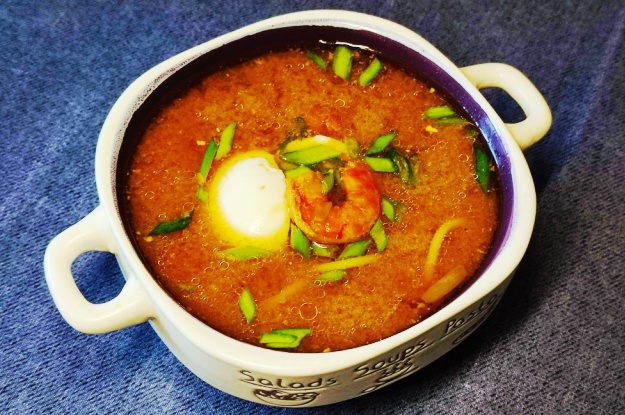
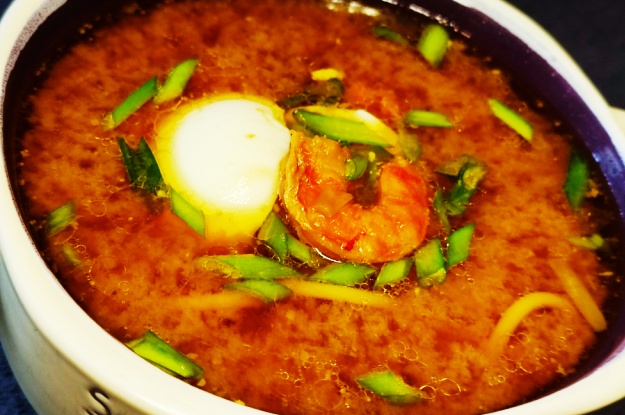
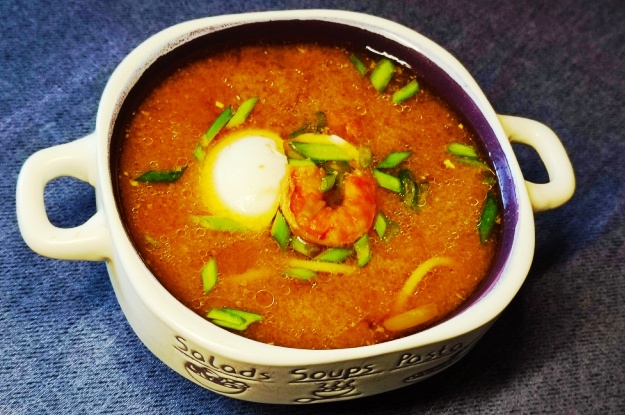
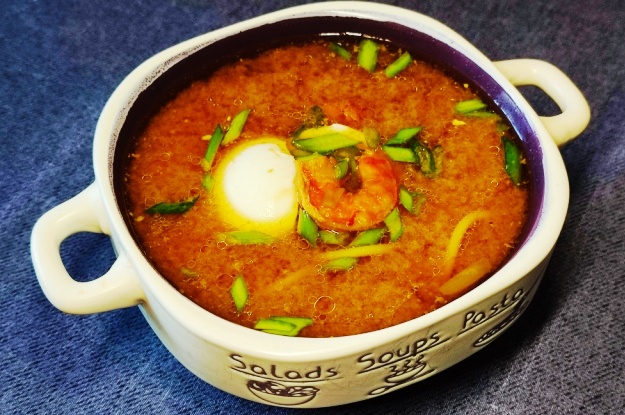
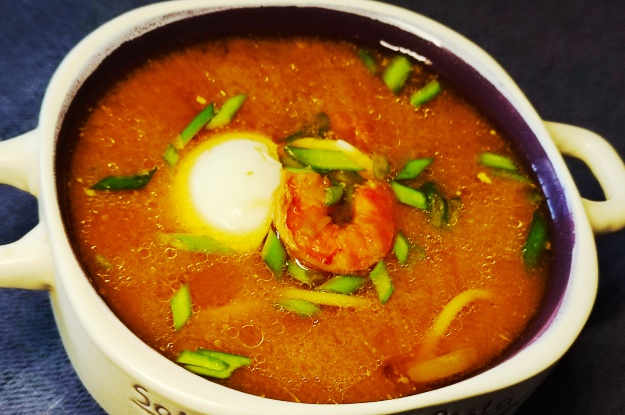
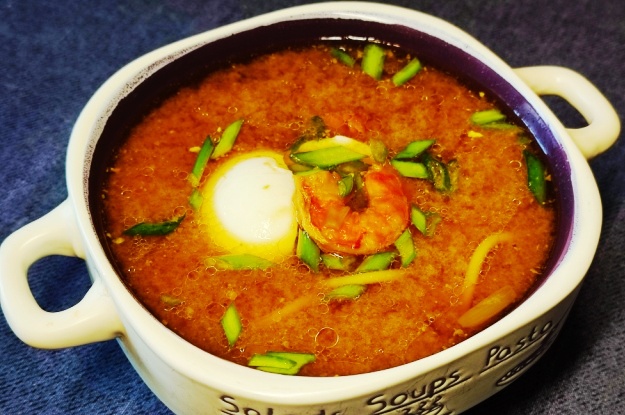

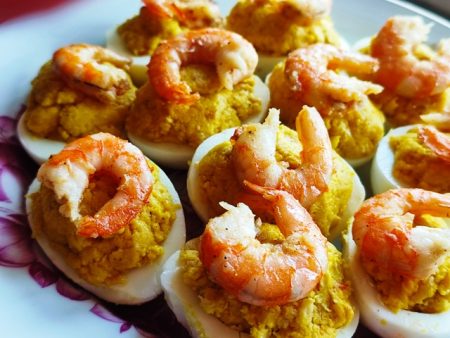
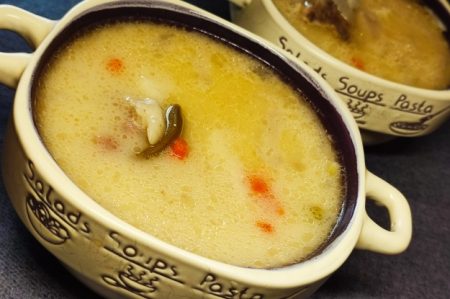
Recent comments